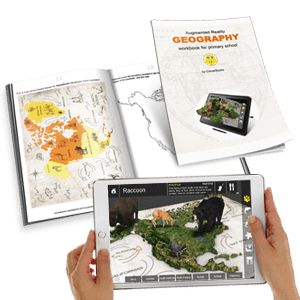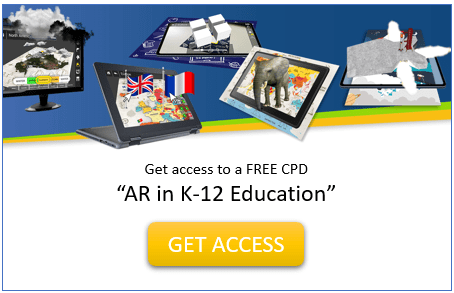Reading time: 7 minutes
The world of technology is inseparable from many daily activities, and learning and technology in the 21st century merged in most classrooms all over the world. In the STEM field, knowing how to properly use technology to support work and learning is just as important as the theory and practice.

Using current and up to date technologies provides a fascinating glimpse into the real world application of the subject material and helps to balance theory with knowledge.
Inclusive and Expansive
Less than 15% of people working in the STEM fields are women, and there are many opportunities available for students with the right education and credentials. Using technology in the classroom helps to familiarise female students with a field they might not be culturally inclined to, and can help to open many doors of opportunity for independence and success in their careers.
Using technology to inspire STEM teaching helps to even the playing field for students that might not traditionally pursue a career in a STEM field, and is great in bringing students of all kinds into the field.
Including STEM technology in the classroom helps students to overcome prejudice and provides a foundation for young learners to explore their interests and to develop knowledge in many different disciplines. Technology acts as a bridge that familiarises the subject matter to the whole classroom and can help in making difficult subject matter more accessible and easy to explain to younger learners.
Students of all backgrounds can learn to be proficient in STEM subjects can make way for a genuine appreciation and curiosity for the subject matter.
Technology can help guide students to a proper mindset that they can do well in STEM subjects, even if they were brought up to think that their parents weren’t good at it or that they didn’t fit the stereotypical role that is so often portrayed in the media.

Types of Technology
Something as simple as introducing appropriate and related media in the classroom helps students develop a well-balanced view of the significance of the STEM fields not only in the classroom but also in their personal lives.
Showing interesting and relevant news clips, social media posts or other kinds of media bridges the gap between the real world and the classroom. Students get the opportunity to learn about the relevance of the subject, and won’t be asking themselves “what does this have to do with my life?” They will learn other people’s perceptions and points of view as well as how important their education is to understand the world around them.
Students might be more apt to pay attention to the news or current events and see for themselves how crucial education is to world affairs and the situations all around the globe. Introducing students to this allows them to see more opportunities to connect and learn in their everyday lives.
Fun and Exciting
Students spend many hours using technology. They are comfortable and familiar with technology, and allowing them to learn new STEM-related subjects using technology might be something that would be useful. Visual learners will have more stimulation and might have a better understanding of the subject matter when it is presented in a way that is visually stimulating according to Point to Point Education.
Other media, like songs about subject matter like math or science, can help auditory learners. Short movies talk about the subjects they’re learning in a relevant way. Technology helps to round out learning.
Showing students educational documentaries or tv shows teaches them that they can use entertainment to learn and become better people. They offer a window into other people’s lives that could potentially shape the direction that their lives take, and it is the next best thing to first-hand experience.
To conclude
Using appropriate technology to support learning in STEM subjects makes unfamiliar subject material more engaging and fun for students. Students like using technology in the classroom. It prepares for the jobs of the future.

